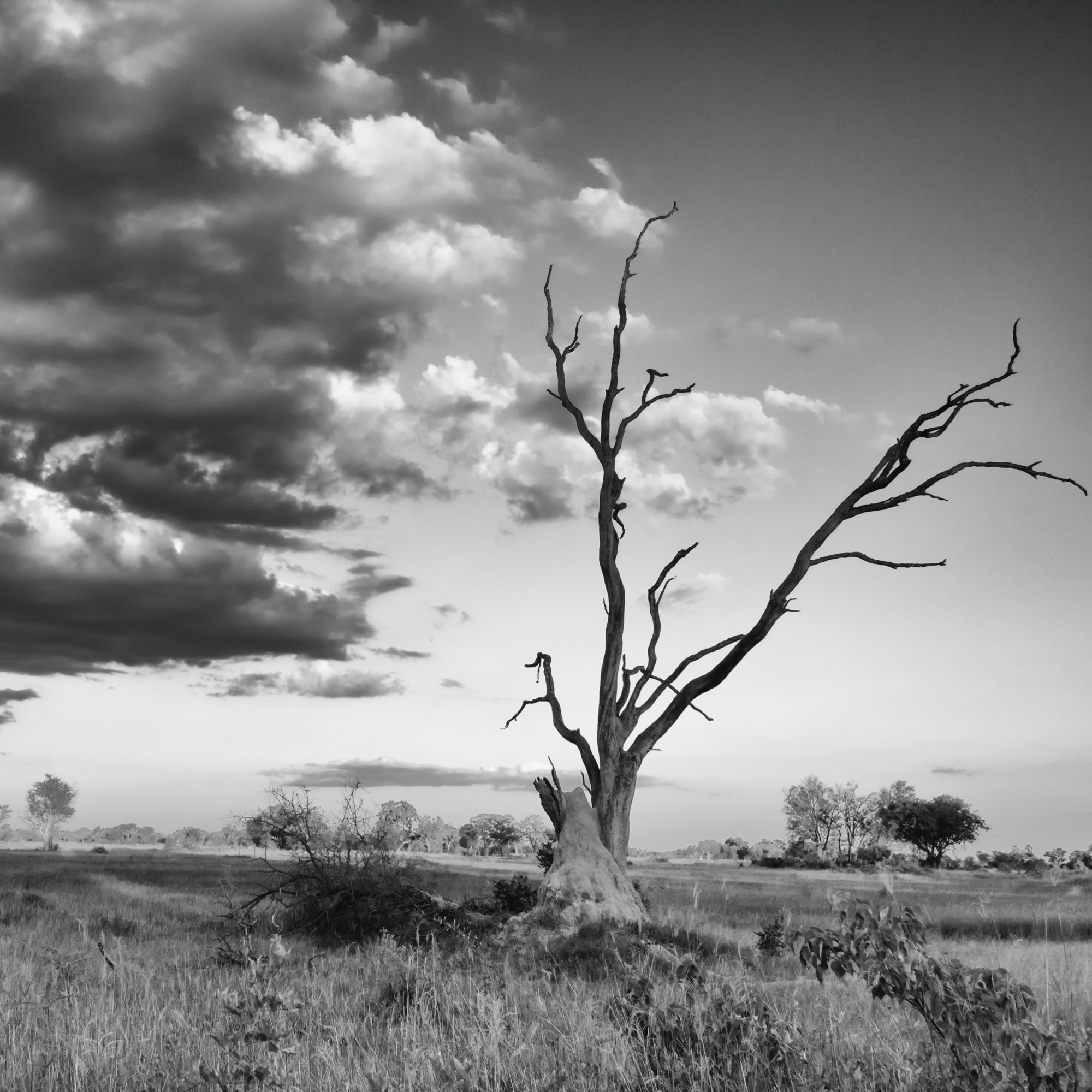I have been incredibly fortunate to see wild dogs on all the trips I have taken to southern Africa. My very first trip, when asked what animal I hoped I would see, it was the wild dog. I knew they were rare, endangered, and can be difficult to find, and when our guide Mike found them during our day trip to Chobe Park, I was beyond thrilled. And I have remained thrilled each time I have had the good fortune of spending time with these amazing animals.
All the images below were from my last trip, when we had wild dogs sightings over 3 days in the Okavango Delta.










































